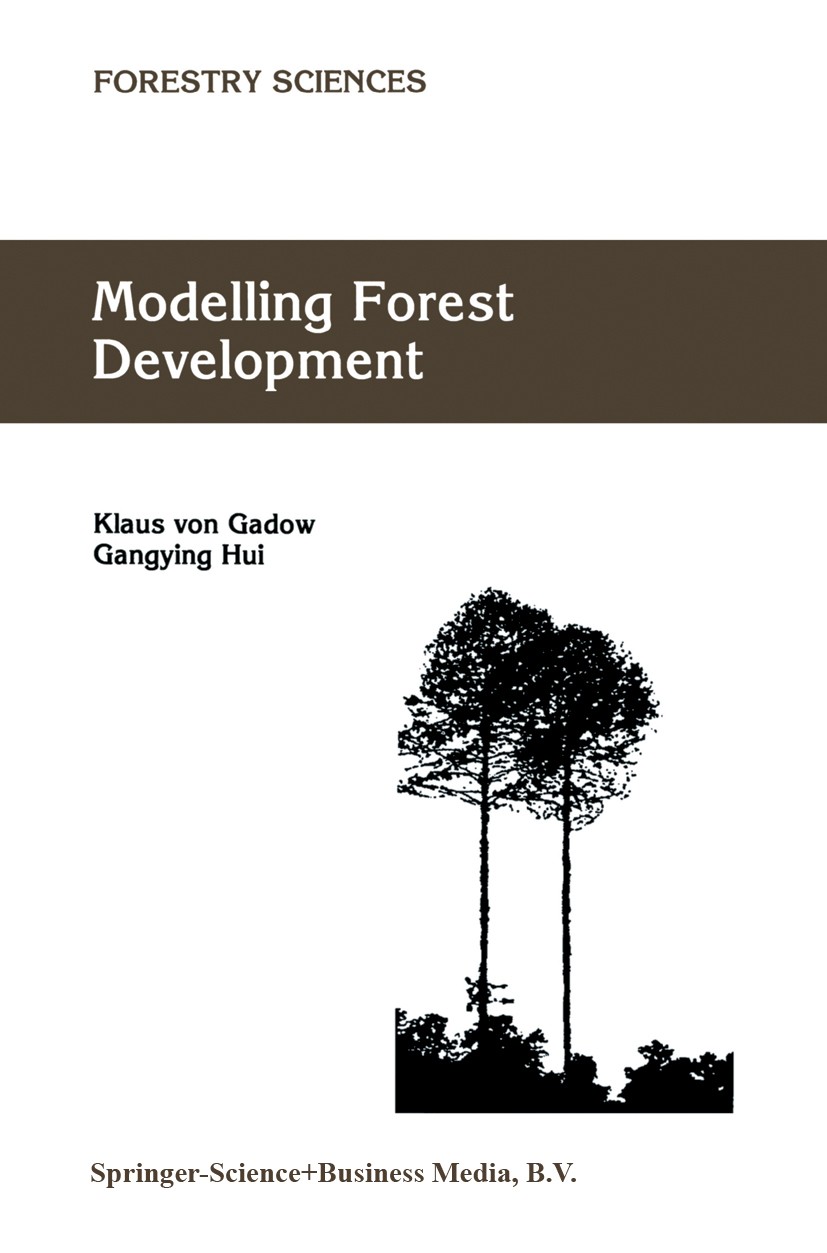| 書目名稱 | Modelling Forest Development | | 編輯 | Klaus Gadow,Gangying Hui | | 視頻video | http://file.papertrans.cn/637/636487/636487.mp4 | | 叢書名稱 | Forestry Sciences | | 圖書封面 |  | | 描述 | In an lUlffianaged woodland, forest development follows a succession of periods of undisturbed natural growth, interrupted by intermediate loss or damage of trees caused by fire or wind or other natural hazards. In a managed woodland, the most important periodic disturbances are the thinning operations, which are often carried out at regular intervals and which usually have a significant effect on the future evolution of the resource. Thus, a realistic model of forest development includes both natural growth and thinnings. The key to successful timber management is a proper understanding of growth processes, and one of the objectives of modelling forest development is to provide the tools that enable foresters to compare alternative silvicultural treatments. Foresters need to be able to anticipate the consequences of a particular thinning operation. In most cases, total timber volume is not a very appropriate measure for quantifying growth or yields, or changes caused by thinning operations. Yield in economic terms is defined by the dimensions and quality attributes of the harvestable logs, and estimating timber products is a central issue of production-oriented growth and yield re | | 出版日期 | Book 1999 | | 關(guān)鍵詞 | ecosystem; evolution; forest; growth; wind; air pollution and air quality; Forestry Management | | 版次 | 1 | | doi | https://doi.org/10.1007/978-94-011-4816-0 | | isbn_softcover | 978-1-4020-0276-2 | | isbn_ebook | 978-94-011-4816-0Series ISSN 0924-5480 Series E-ISSN 1875-1334 | | issn_series | 0924-5480 | | copyright | Springer Science+Business Media Dordrecht 1999 |
The information of publication is updating

|
|
 |Archiver|手機(jī)版|小黑屋|
派博傳思國(guó)際
( 京公網(wǎng)安備110108008328)
GMT+8, 2025-10-7 20:09
|Archiver|手機(jī)版|小黑屋|
派博傳思國(guó)際
( 京公網(wǎng)安備110108008328)
GMT+8, 2025-10-7 20:09


